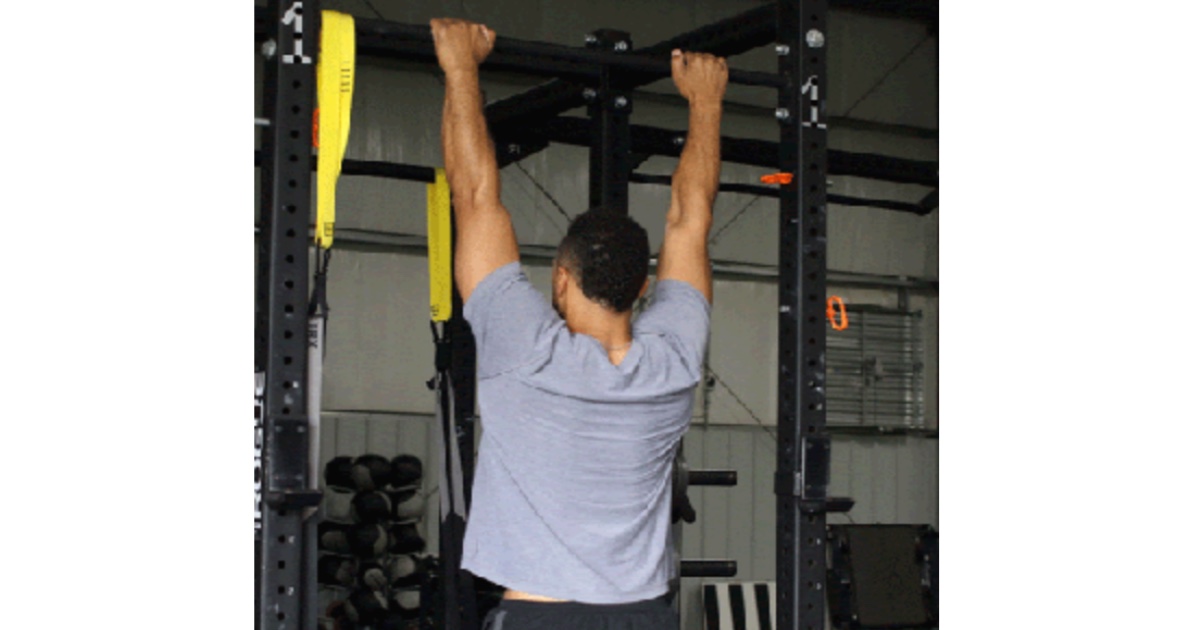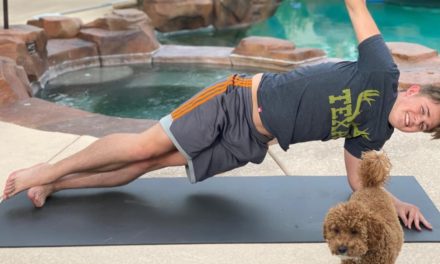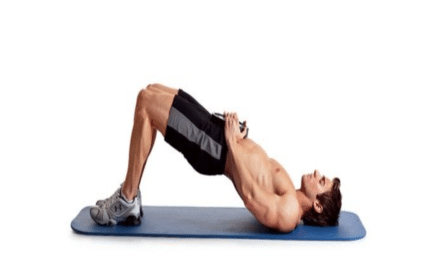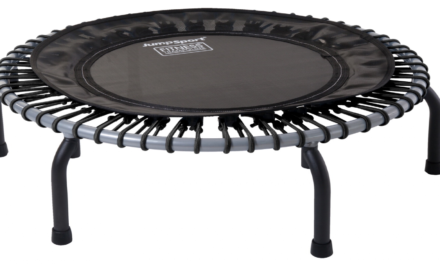I have mentioned many times how crucial it is to perform isometric exercises as they are not as damaging as the eccentric movement found in other exercises. I wanted to take this blog post to explain what is occurring during isometric movements and how beneficial they can be for people. Medical News Today’s article “5 Isometric Exercises For People to Try” explains that isometric exercises require you to contract muscles without moving the surrounding joints. The lack of movement of the joints and the contraction you control makes it easier to be aware of your body and prevent yourself from exhausting your muscles. The constant tension on the muscles can help muscle endurance and balance of the muscles. Thus, it makes sure you are using the muscles, so they do not deteriorate due to a lack of use, and slight increases in strength, ability to control muscles and stabilizing the muscles are helpful in many areas of your life.
The article continues to explain that there are two types of muscle contraction: isotonic and isometric. Isometric contraction involves eccentric contractions (elongating muscles) and concentric contraction (shortening the muscles). As mentioned before, isometric contraction occurs when tension in the muscles increases but remains constant. Due to the lack of movement, it is beneficial for utilizing and strengthening muscles without the change in muscle size, shape, and length, which is why I recommend these forms of exercise for those with muscular dystrophy. Holding the muscle contraction fills muscle tissues with blood and creates metabolic stress, enabling you to improve strength and endurance. Building a safe amount of stress on the muscle will hopefully permit your body to recover well and improve strength and endurance in these muscles. Since they get stronger, it will be harder to break them down and cause excessive damage.
Isometric exercises are fairly easy to perform, do not require equipment, and if you can stabilize your muscles better, it can prevent more damage to the body. I have found that I can use isometric movements simultaneously when I am performing exercises like planks or squatting (not traditionally squatting but wall sits or assisted squats where I am holding something). I do this by constantly contracting my core, legs (I do not contract the calf muscles as doctors recommended that I should not), arms, glutes, chest, any other muscle I can. Using the stabilizing muscles of the core and glutes makes sure I do not unnecessarily damage muscles due to postural problems or compensation and helps improve the strength and endurance of my other muscles. As these muscles are involved with posture throughout the day, it benefits me in various ways. I can even do exercises where I solely use isometric movements, such as tightening my core or glutes as hard as I can while sitting or standing. There are so many things you can do with isometric exercises that everybody should be taking advantage of them.
The article recommends planks, wall sits, glute hand, squat (as I said before, I do not recommend squats, but if you lean against the wall or hold something to help put yourself in a squat position, it is okay). Another thing I have never mentioned before is dead hang. It involves you grabbing a pullup bar and hanging there for as long as you can. I have found that tightening the core and arms simultaneously allows you to use more muscles in this exercise. It is also a good stretch for your shoulders, so this is another fantastic exercise.
I recommend that you begin utilizing more isometric contractions in exercise and even perform isometric exercises as well. It has helped me improve my muscle usage, strength, and endurance. This benefits my posture, my ability to keep my posture while sitting, and reduces the tightness in my back. There are so many possibilities and benefits of isometric exercises, so there is no reason for you not to take advantage of them.





